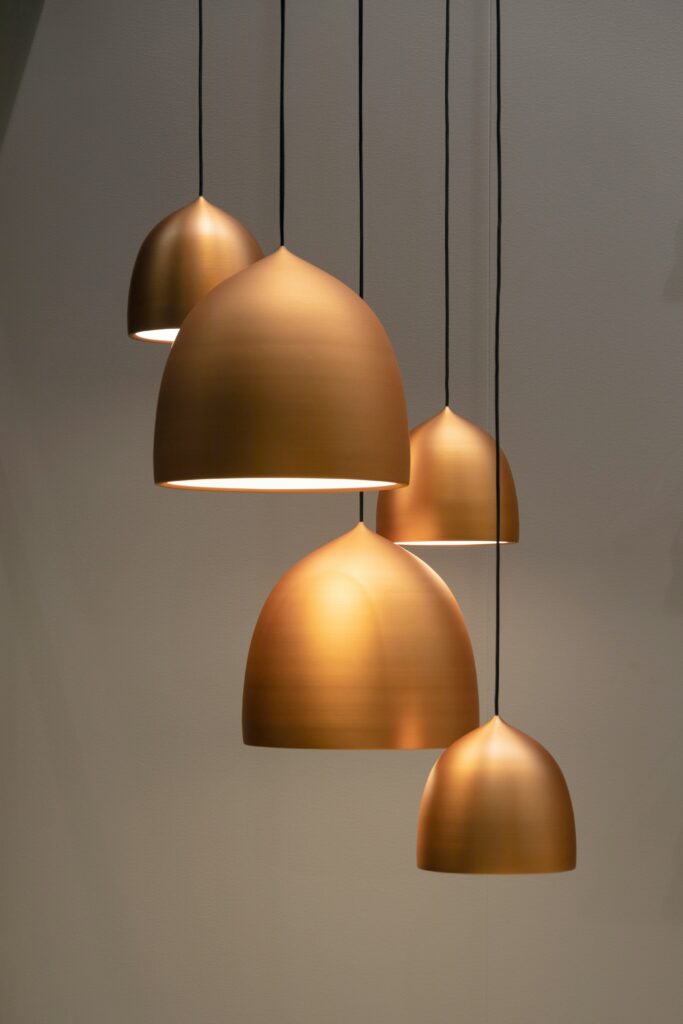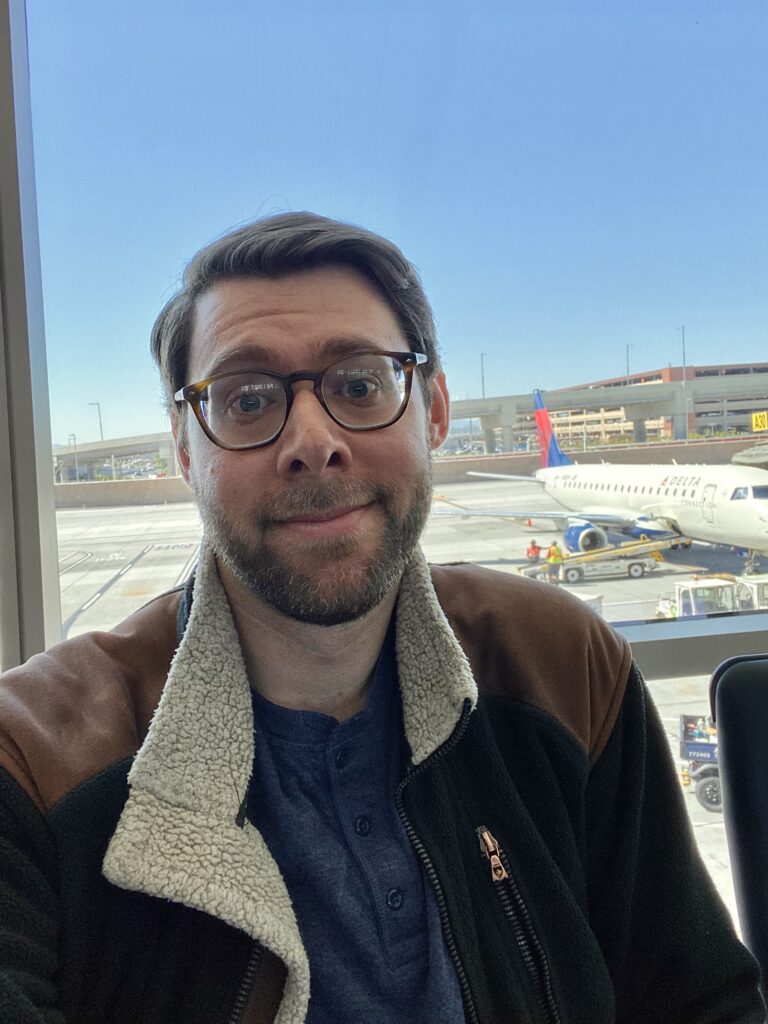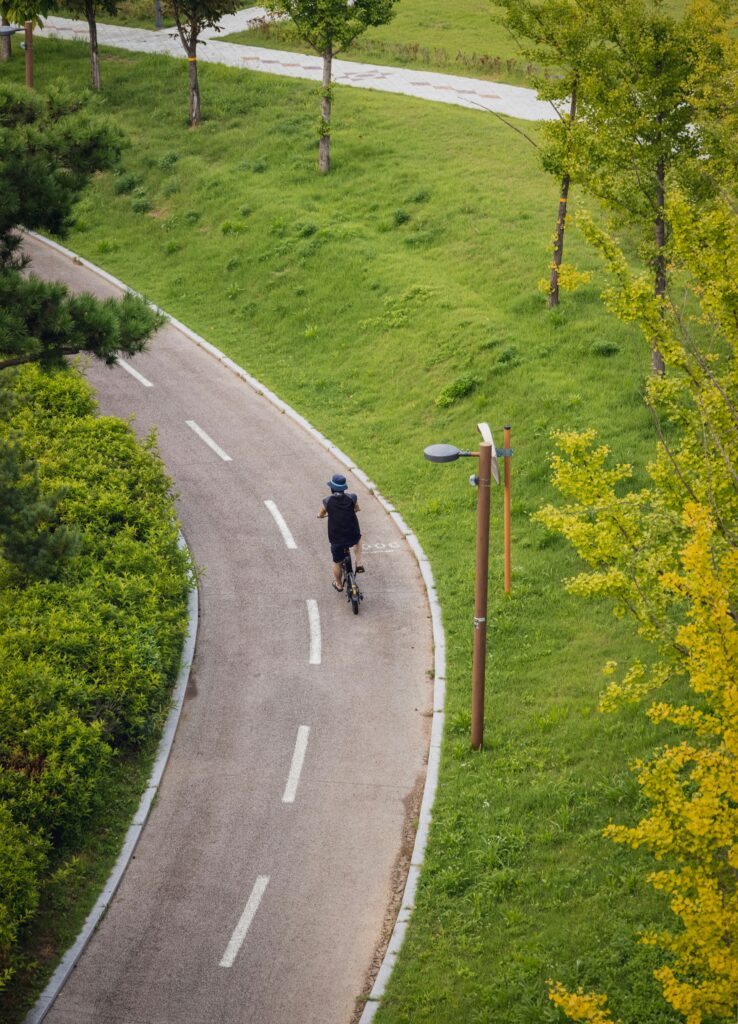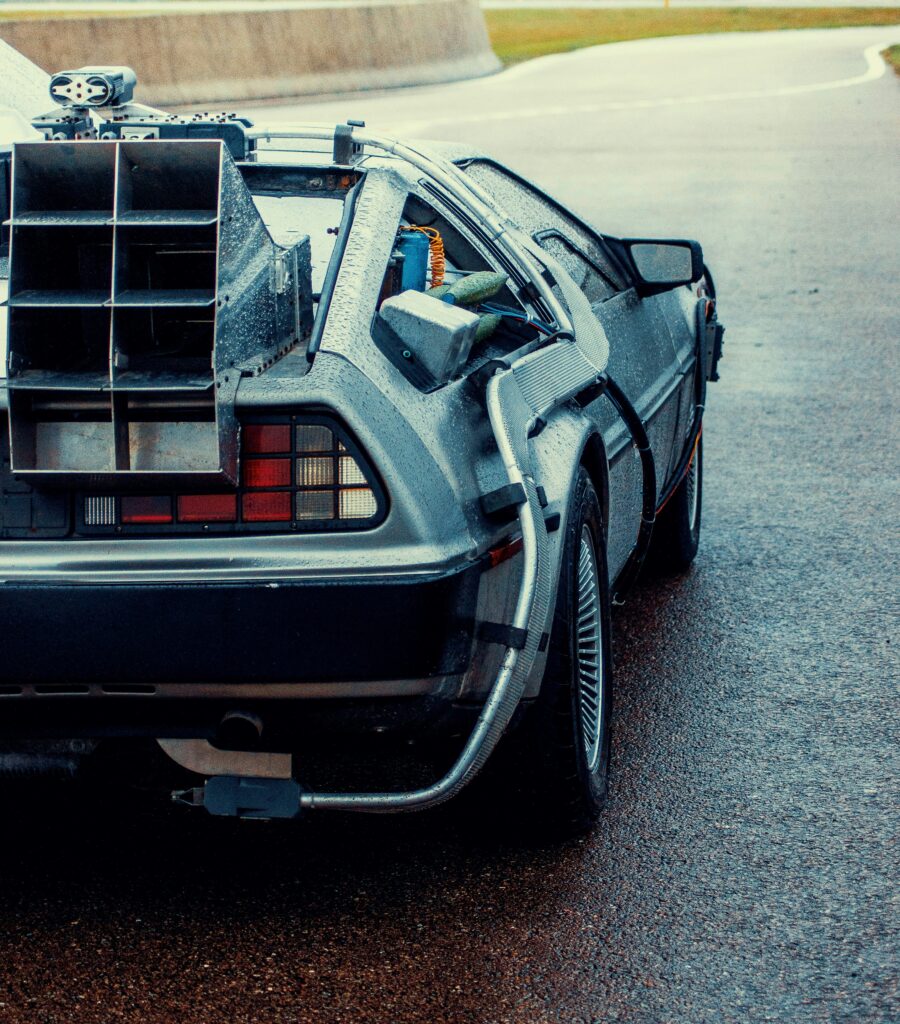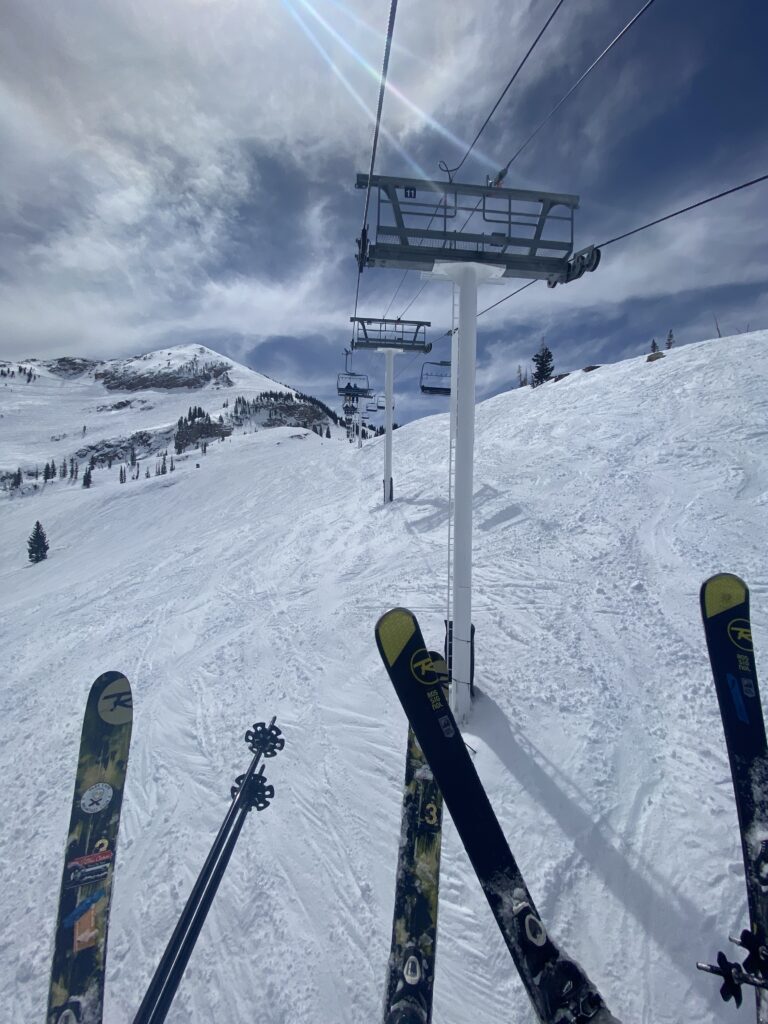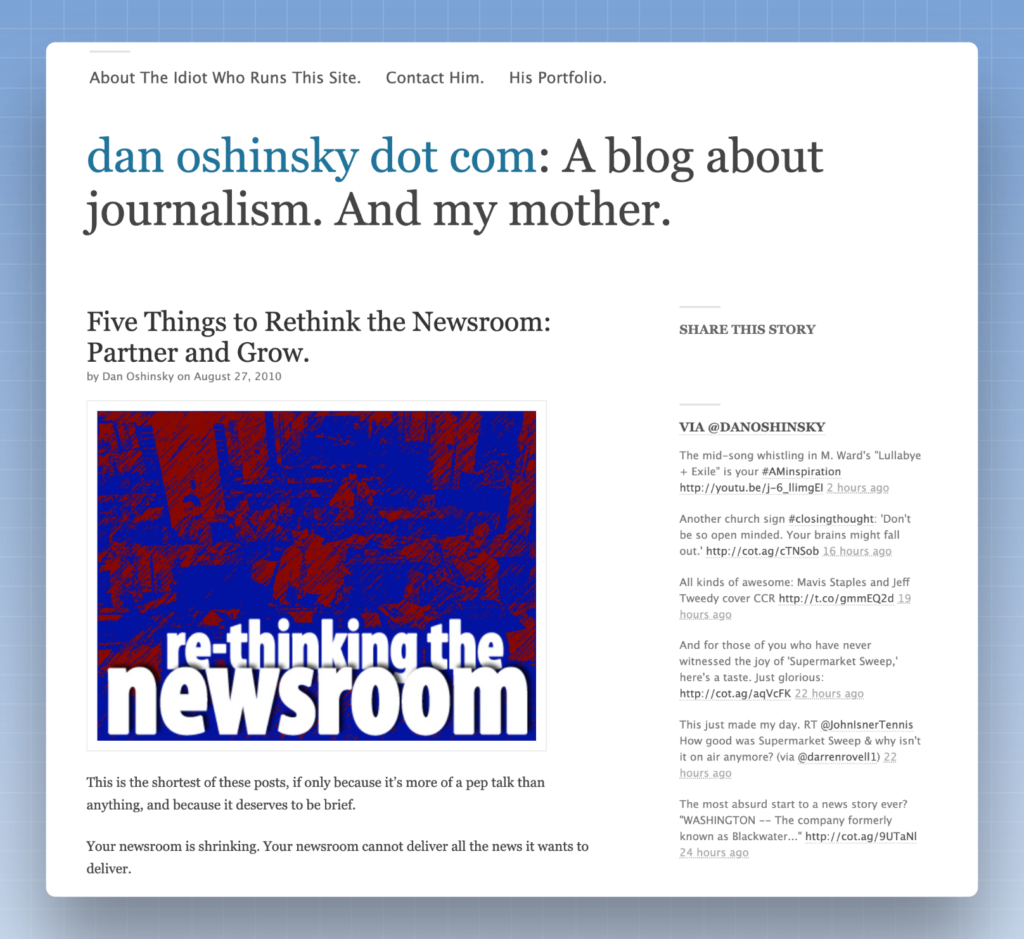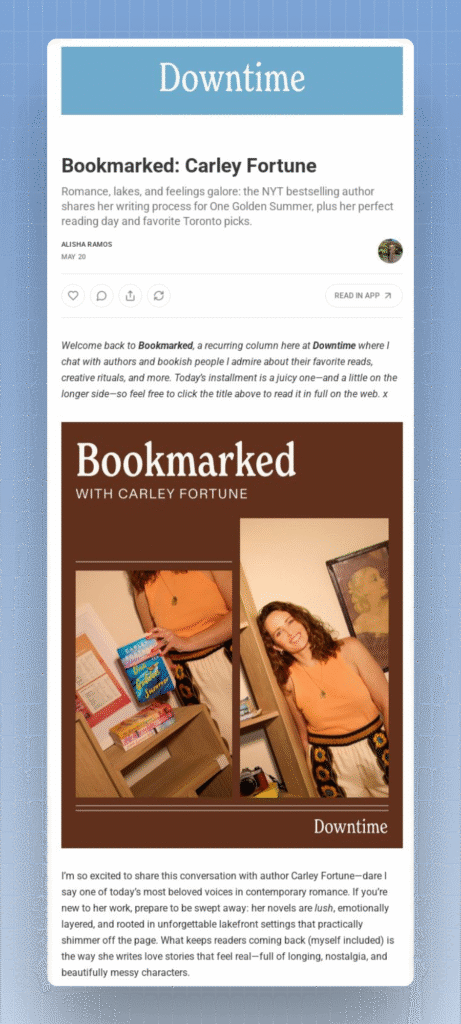
I published this interview today with Alisha Ramos. She founded a newsletter called Girls’ Night In that grew to 180,000 subscribers and $2 million per year in revenue — and then she decided to downsize and start over as a one-person operation. I’ve been thinking a lot about her story — how she realized that what she’d built wasn’t working anymore for her and that she needed to start over. In an age where it feels like everyone is about being as big as possible, Alisha’s story is a reminder that it’s OK to build something that fits with your life — even if that’s something small.
And I especially loved this one thing Alisha told me at the end of our conversations:
I’m at this phase where I’m very content with where I’m at and what I have, and not having the drive or the desire to grow, grow, grow is actually nice. I have small, baby goals this year.
It’s such a wonderful way to think about things. Not everything has to be big. Sometimes, a few small, baby goals are all you really need.
———
That’s a screenshot from Alisha’s wonderful newsletter, Downtime.

